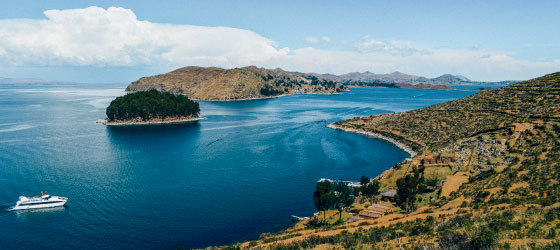
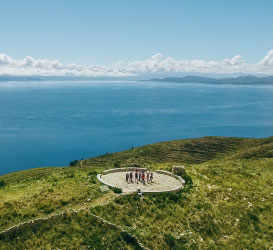
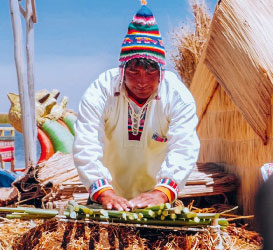
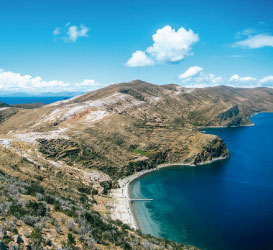

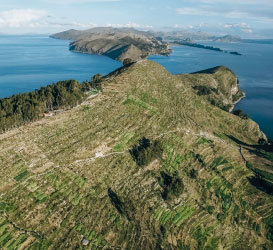
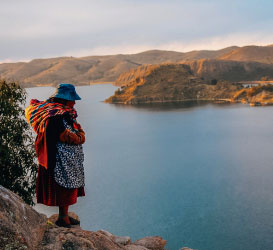
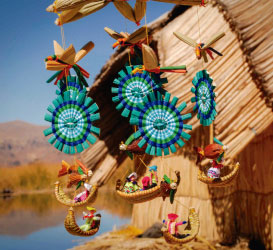
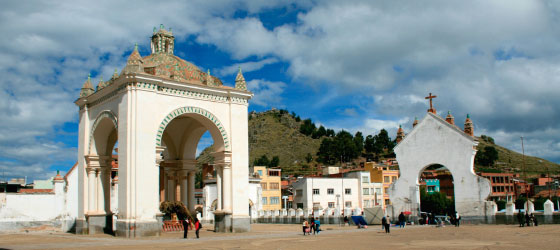
Lake
TiticacaThe iconic Lake Titicaca, nestled high in the Andes mountains at a height of nearly 4,000 meters above sea level, is the highest commercially navigable lake on Earth and holds an important place in local culture and myth.
Important places at Lake Titicaca include the cities of Puno in Peru and Copacabana in Bolivia, as well as the Uros floating islands, the islands of Amantani and Taquile, and the legendary Isla del Sol.
12,500
FEET
above sea level
...is the height of adventure
Straddling the borders of Peru and Bolivia, the incomparable Lake Titicaca is the highest navigable lake on Earth.
While public buses are the most common way for locals to get around, safety and comfort can be an issue with some companies. Trains can offer the amenities of a five-star hotel while you travel, but it's not the most affordable option for everyone. Planes are convenient but don't give sufficient time for altitude acclimatization. Hop on hop off bus options like Peru Hop and its sister company Bolivia Hop can offer a good compromise, with affordable, high-quality service at your own pace.
Transportation options to Lake Titicaca cover a wide range of price, quality and relative convenience. Keep reading to find out more about each option.
With its diverse mix of cultures and its tropical tundra climate, the region surrounding Lake Titicaca has some of the most interesting and unique cuisine on the South American continent. Local specialties like chuño (freeze-dried potatoes) and lake trout are sure to delight the curious foodie.
As an important destination for tourism, Lake Titicaca also offers some excellent international cuisine, including French, Italian, American and Chinese, among others. There are even some vegan and vegetarian options available, a rarity in South America.








